23 Mar
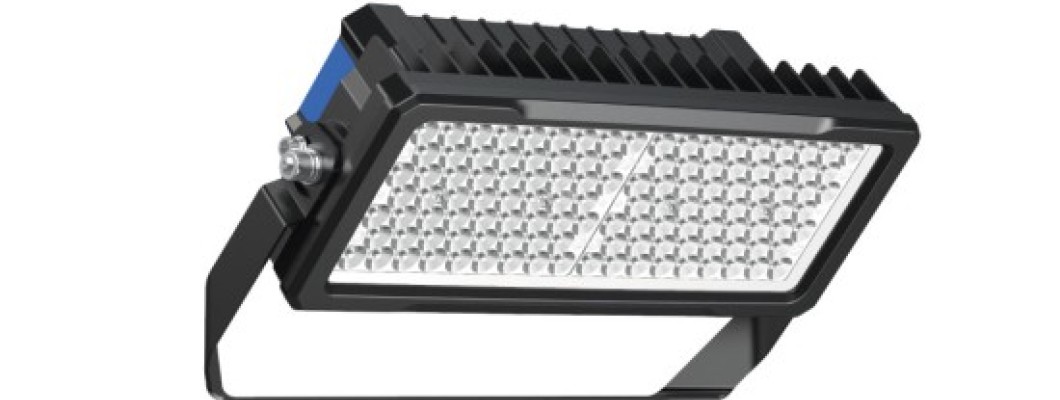

Padel is one of the fastest-growing sports worldwide, blending elements of tennis and squash into a fun, accessible game. With its rising popularity, building a padel court has become an attractive investment for sports clubs, recreational facilities, and private residences. This guide will answer all your questions about designing and constructing a padel court, from initial planning to final completion.
Understanding the Fundamentals of Padel Court Design
Designing a padel court involves more than just laying out the playing area; it’s about creating an environment that optimises the playing experience while ensuring durability, safety, and accessibility. Here, we explore the critical components of padel court design, from site selection and surface choice to lighting and accessibility standards.
Location and Space Requirements
Choosing the right location is the first step in successful padel court design. The ideal site will meet space requirements, offer easy access, and complement the overall layout of your sports facility.
Site Selection and Space Planning
A standard padel court measures 20 metres in length and 10 metres in width, but it’s crucial to account for additional space around the court for player movement and safety. Ideally, allow for 2-3 metres of run-off space around the perimeter to ensure player safety. This extra space also provides room for spectator seating or access pathways, making the area more user-friendly.
Indoor vs. Outdoor Padel Court Design
Deciding between an indoor or outdoor court is a key consideration in padel court design. Indoor courts offer a controlled environment, which can extend playing hours and protect the court from weather-related wear and tear. Outdoor courts, on the other hand, benefit from natural lighting but require careful planning to address factors like sun orientation and wind exposure.
For outdoor courts, position them to minimise glare during peak sunlight hours, and consider windbreaks to enhance the playing experience.
Site Preparation for Optimal Design
Proper site preparation is essential for creating a stable playing surface. This involves ensuring that the ground is level and properly compacted before installing the court. A well-prepared base prevents future issues like uneven playing surfaces or water pooling, which can lead to damage and increased maintenance costs.
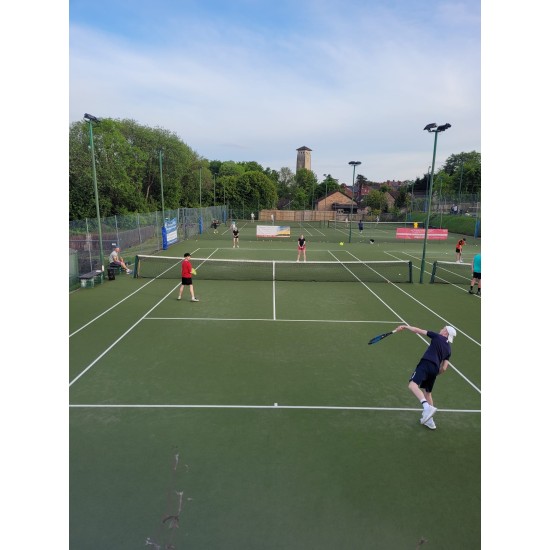
What Are the Official Padel Court Specifications?
Before diving into construction, it’s essential to understand the official dimensions and requirements for a padel court. According to the International Padel Federation (FIP), the standard size is 20 metres long by 10 metres wide. The enclosure typically consists of tempered glass and metal mesh, with a height of 3 to 4 metres.
The court surface is often made from artificial turf, concrete, or synthetic materials, providing the right amount of ball bounce and traction. The net should be 0.88 metres at the centre and 0.92 metres at the sides.
In addition to these dimensions, clear space around the court is recommended for safety and to ensure proper viewing for spectators. Installing a perimeter fence can prevent stray balls from interrupting nearby activities.
Adhering to these specifications ensures your court is suitable for both recreational play and official matches.
How Should You Design a Padel Court?
Surface Material
The court surface influences the quality of the game. Artificial grass is popular for its durability and cushioning, making it comfortable for players. Concrete or asphalt courts offer excellent ball bounce and require minimal maintenance. Synthetic turf provides a balance between durability and affordability, often used in both residential and commercial settings.
Each material has its pros and cons, so consider factors like maintenance, cost, and expected player usage when making your selection.Some courts also incorporate shock-absorbing underlays beneath artificial turf to reduce strain on players' joints, enhancing comfort during prolonged matches.
Walls and Enclosures
Tempered glass is the preferred material for padel court walls due to its strength and transparency. It provides an excellent view for spectators and enhances the overall aesthetics of the court. Metal mesh panels are often installed alongside the glass, contributing to the court's structural integrity and preventing balls from leaving the court.
Glass thickness usually ranges from 10 to 12 mm, ensuring resistance to ball impacts. Regular inspections for cracks or chips are recommended to maintain safety.
Drainage
Proper drainage is essential to prevent water accumulation and maintain the court's lifespan. Installing a sloped foundation, drainage channels, and perforated pipes ensures water is directed away efficiently.
Courts built in areas prone to heavy rainfall may benefit from additional drainage solutions, such as surface water collection systems.
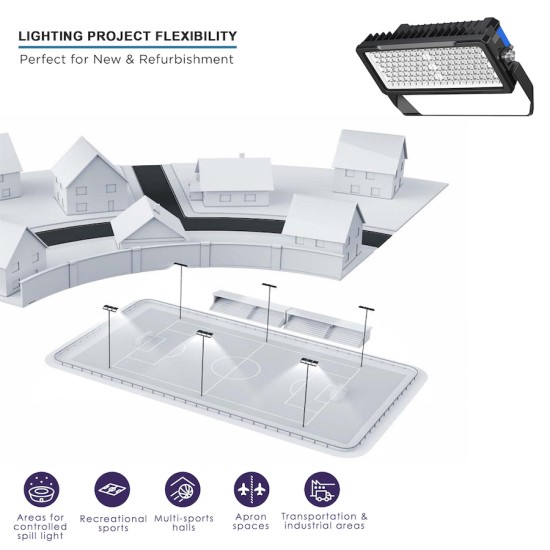
How Should You Plan Padel Court Lighting?
Proper lighting is essential for maintaining visibility during evening games. LED floodlights are the most common choice due to their energy efficiency, brightness, and long lifespan.
A typical padel court requires four to eight light poles, with each pole equipped with multiple LED fixtures. Lights should be positioned to minimise shadows and glare.
Placing fixtures at a height of 6 to 8 metres ensures even illumination across the entire court. Choosing adjustable sports pitch lights can further optimise coverage.
Furthermore, consider implementing lighting controls such as timers or motion sensors to reduce energy consumption. Adhering to local lighting regulations will prevent unnecessary light pollution in residential areas.
What Are Padel Court Poles and Their Importance?
The number of lights required depends on the court’s intended use. Recreational courts typically require four floodlights, while club and professional courts may use six to eight for improved uniformity and brightness.
To achieve the necessary lux levels, LED floodlights with a power output of at least 150W–200W per fixture are commonly used. The positioning of the lights is as important as the quantity, ensuring that the court is evenly illuminated without harsh shadows.

How Can You Reduce Glare on a Padel Court?
Padel court poles play a vital role in supporting the padel lighting and enclosing the court. These poles are typically made of galvanised steel or aluminium for durability and resistance to weather conditions.The net poles are positioned at the centre of the court and are designed to support the padel net at the correct height.
Some courts may also have tensioning systems integrated into the poles to ensure the net remains taut during play. Portable net poles are available for multi-purpose sports facilities that require flexibility. For lighting, aluminium lamp posts are a popular choice due to their corrosion resistance and lightweight nature. They provide reliable support for LED floodlights while maintaining stability in outdoor environments.
The choice between galvanised steel and aluminium poles often depends on budget, aesthetic preferences, and climate conditions. Additionally, poles for lighting fixtures should be securely anchored to the ground with proper foundations to prevent tilting or vibration. Regular maintenance checks are essential to ensure they remain structurally sound, especially in regions with strong winds or heavy rainfall.
Conclusion
Designing and constructing a padel court is a rewarding endeavour that offers long-term benefits. By following this comprehensive guide, you can create a high-quality facility that meets international standards while providing a great playing experience for enthusiasts.
Whether for private use or as a commercial investment, a well-built padel court will serve as a vibrant addition to your community. Ready to get started? Partner with experienced professionals to bring your vision to life!


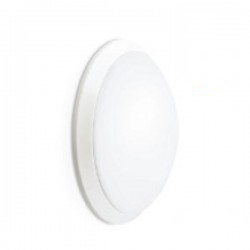
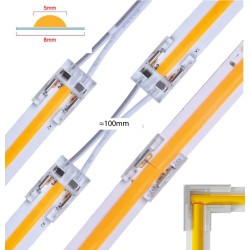
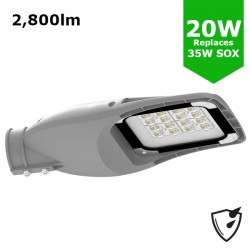
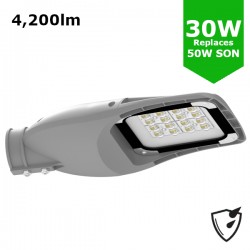
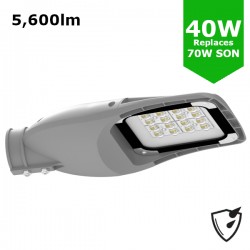
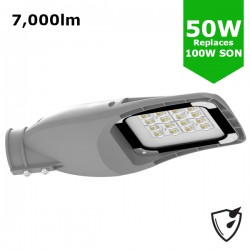
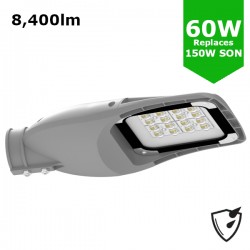
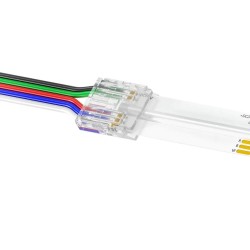

Leave a Comment